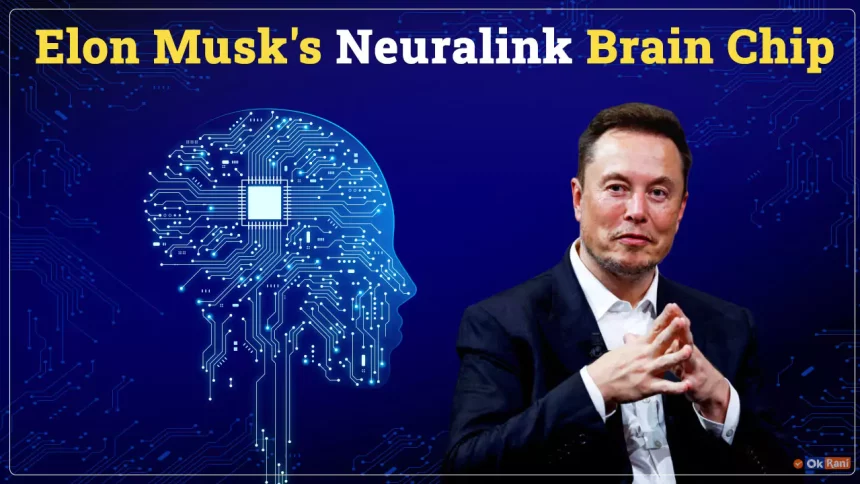In a remarkable leap into the future, Elon Musk’s Neuralink has Implanted Its First Chip in a Human Brain. He announced this groundbreaking achievement on X on January 29.
Elon Musk’s Neuralink has Implanted Its First Chip in a Human Brain
Neuralink’s wireless device, a marvel of innovation, incorporates a chip and over 1,000 super thin, flexible conductors in electrode arrays. A surgical robot carefully inserts these into the cerebral cortex, where they record motor-related thoughts. Musk envisions an application that translates these neural signals into actions, ushering in a new era of computer control through mere thought. The inaugural product, aptly named Telepathy, promises enhanced communication for individuals facing challenges in verbal expression.
The approval of human clinical trials by the U.S. Food and Drug Administration in May 2023 paved the way for Neuralink’s ambitious venture. Last September, the company commenced its first study, targeting individuals with quadriplegia. However, Musk’s penchant for making bold proclamations without divulging exhaustive details has left experts in the field urging for more transparency and peer-reviewed publications to evaluate Neuralink’s true impact.
Neuralink’s Successful Implantation
Elon Musk’s Neuralink has made major progress with the first-ever successful implantation of its brain-computer interface (BCI) in a human. Elon Musk tweeted on “X” that the individual who received the implant on Sunday, January 28, is progressing favorably in their recovery. Early signs, highlighted by “neuron spike detection,” suggest effective communication with brain cells.
- Advertisement -
Navigating the Scientific Landscape
Neuroscientists expected the news on Monday about Neuralink’s progress, but they want more detailed and reliable information. John Donoghue, a brain-computer interface expert from Brown University, recognizes Elon Musk’s earlier hints but says we need official research papers to understand how important this development really is. Ryan Merkley, from the Physicians Committee for Responsible Medicine, points out that not having enough information about the person who got the implant makes it hard to judge if it’s a success or not.
When Musk talks about “promising neuron spike detection,” he’s basically saying they can detect the electrical signals in nerve cells. Donoghue, the expert, is careful and says we need more detailed information before being sure. Still, he explains that it generally means the electrodes in the brain are picking up signals that show the brain is active.
Neuralink focuses on assisting Paralyzed Individuals
In 2016, Musk’s idea for Neuralink was to merge human brains with artificial intelligence. Although they’re now concentrating on helping paralyzed individuals with neural interfaces, Neuralink’s quick advancements have led to government inquiries. Donoghue points out that what makes Neuralink different is the huge amount of money invested and the use of what we already know.
One cool thing about Neuralink is how it communicates wirelessly, solving the problem of sending lots of data using Bluetooth. They had to compromise a bit on speed, but it’s a practical solution that still gives enough data to control things outside the brain.
Scientific Uncertainties
Elon Musk has big dreams for Neuralink, like helping blind people see and giving mobility to the disabled. He even wants to merge artificial intelligence with the human brain. While they’ve made progress in helping paralyzed people communicate, making blind people see again is really tough.
Scientists are hopeful but admit that science is unpredictable. Donoghue compares it to the uncertainty when they first tested an atomic bomb. Even though brain-computer interfaces are getting better, we’re not sure if Musk’s super-ambitious goals will work.
To sum up, Neuralink putting a computer interface in a human brain is a big deal for science. Scientists emphasize the necessity for cautious assessment and prudent development in this brain-machine interface journey led by Elon Musk and Neuralink, as they realize that realizing Musk’s ambitious goals will not be easy.


